The content of the article
Lovage officinalis is otherwise called the dawn of the garden. Maybe because it has a very strong aroma and is used not only to treat many ailments, but also in cooking, cosmetology.
In a lovage, according to magicians, unprecedented love spells are hidden that can enhance sexual desire. Therefore, various love spells are held with the participation of this plant, and some lovers wear a twig of lovage, sewn in clothes, so that the love and devotion of the chosen one do not disappear.
But still, the lovage has established itself as a healing remedy. Therefore, it is cultivated and used to relieve many ailments.
This plant is an umbrella family - perennial. Only in the second year reaches a 2-meter height. The lovage has flowers. They have yellow, pale hue and are collected in a dense umbrella. The older the plant, the more beautiful it becomes, as it grows very much and becomes like a bush. The plant is very unpretentious. It can withstand severe cold, and in the summer can remain without sunlight for a long time. The lovage is even more comfortable in the first year of life, if ultraviolet does not fall on its lower part. But in the second year, when the seed should be helped to ripen, the lovage reaches for the sun. The fruit of the lovage is a two-seeded.
The stalk is round, the leaves are petiolate and large, with denticles along the edges. The lower leaves differ from the upper ones in that they reach a length of up to 0.5 meters, twofold or thrice pinnate. Closer to the base, the leaves are simpler: smaller, pinnately or completely inseparable.
The roots are very fleshy, the rhizome is yellow-brown. The root is actively used in cooking. After all, it has a spicy-spicy taste, which at first has a sweetish aftertaste, and then spicy, bitter (to moderate). Greens are also willingly used, especially as a spice or during salting of vegetables.
Lovage chooses a place of residence at the foot of the mountains or on the slopes, as well as in damp lowlands or private houses, in gardens and flowerbeds, but runs wild very quickly. The plant survives next to St. John's wort, mint and chamomile. The time for flowering lovage falls in June and July, the fruits usually ripen in late August. When the plant is still very young, use only its leaves, which are ready for use all season. But already in the second year, interest in the lovage sharply increases. This is because the root can also be used. However, as a remedy, the roots of that plant that are 3 to 4 years old will be most effective.
If you need only roots for harvesting healing products, dig them out in the fall or early spring. The entire ground part is cut with a sharp knife, they clean the ground from the roots and wash them under running icy water. To dry the roots, we came up with this method: string them on thick cords, and then hang them in the attic or on the street, but always under a canopy. If the root is too large, it must be cut before drying. But you can put it on blank paper and turn it over periodically. If you need to get a healing product faster, the roots can be dried using an oven or a special dryer, but the temperature during this process should not exceed 35 degrees.
There is an opinion among healers that until a lovage has bloomed, its roots are very poisonous, therefore it can cause harm to a person. It is better to listen to their opinion, caution will not hurt.
You can collect the roots at the very beginning of spring, when the soil was exposed after the snow had melted. Since the plant is resistant to cold, the roots will be equally healing and effective.
The roots are most often stored in a state crushed to powder.But, if whole roots are needed, they are placed in boxes, sprinkled with dry sand and sent to a cool, dry room.
The leaves and seeds of the lovage are also collected. This process begins after flowering has begun. The leaves are carefully torn off, laid out at home on clean paper, preferably under a canopy. It is not necessary to completely tear the plant out of the ground for the preparation of leaves, or destroy the upper part. Then, in gratitude, the lovage will present at least five times a season a new crop. Harvesting should begin only after the plant begins to bloom together or immediately after flowering. The fact is that the early harvest does not yet contain all the nutritional and medicinal properties.
Leaves are also dried on clean paper, and are best stored if placed in glass containers.
The fruits of the lovage are also successfully used in home therapy. They are sent to their harvesting already in late autumn, when full ripening occurred. Seeds should be dried, crushed and stored in a hermetically sealed container.
Lovage Against Disease
In the chemical composition of the plant, from 0.5 to 2.7 percent contains essential oil, the composition includes organic acids, lactone compounds, resins, starch, sugar. Thanks to a whole complex of active compounds it helps to reduce inflammatory processes, as a diuretic helps with some diseases of the urinary system, is able to excrete salts of uric acid, relieving severe symptoms of gout.
Used by a lovage, primarily as a medicinal herb, which has the following actions:
- expectorant;
- choleretic;
- carminative;
- blood purifying;
- antiseptic;
- diuretic;
- tonic;
- soothing.
Given these possibilities, a lovage, it is used in the treatment of diseases such as:
- bronchial asthma;
- bronchitis and stones of the bronchi;
- cholecystitis;
- neurosis;
- gout;
- rheumatism;
- colic of the stomach, gall bladder or intestines;
- renal failure;
- helminthic invasion;
- palpitations
- menstrual irregularities.
A lovage is also used if diseases of the upper respiratory tract, stomach, intestines, heart, kidneys and urinary tract are detected.
Healing Recipes
- Lovage is useful for those patients who have bronchitis, colitis, intestinal cramps. To alleviate these pathologies, a lovage infusion is used. For 2 to 3 tablespoons of crushed roots, take 250 ml of boiling water. So the daily dose turns out. But you can take another part of the plant: for 4 g of seeds, 150 ml of boiling water. Take this infusion three times a day, measuring 15 grams.
- For heart diseases, therapy with the help of a lovage is also carried out, there is such a recipe. 30 - 40 grams of root are boiled in a liter of water for 7 minutes. So the daily dose turns out which needs to be divided into 5 portions, and, accordingly, to drink in five receptions.
- If you take a powder made from roots or seeds, it will help as a carminative, diuretic, or expectorant. A single dose is 0.4-0.8 g. It should be taken 3 times a day.
- If you are concerned about neurosis, you need to chew on an empty stomach from three to six grams of dry root.
- Diuretic and carminative is such a tool. Insist 50 g of root or seeds in 40% alcohol, 0.5 liter is taken. Infused for two weeks in a dark place. Accepted only before meals, 30-40 ml.
- It has long been proven that alcoholism is a disease, and getting rid of it is as difficult as it is from other pathologies. Therefore, they are trying to find an effective medicine against this disease. Lovage also decided to take part in the struggle and benefit. So the following recipe came about.
- Take the middle root of the lovage and two bay leaves, place in a container, pour 40% alcohol, 0.5 liters. The drug should be infused for 7 days.After a person drank 250 ml or more, after 30 minutes he begins to experience nausea and vomiting.
To get rid of pinworms, you will need to eat (necessarily on an empty stomach) a mixture prepared from such components:
- 1 - 2 tablespoons of root, crushed to a powder;
- 3 tablespoons of honey.
Peptic ulcer will recede if you make a medicine at home, using several medicinal plants:
- a powder made from the fruit of a lovage - 2 tablespoons;
- roots lovage - 20 gr.;
- dandelion - 5 gr.;
- marshmallow - 15 gr.
Mix all components in a glass container, pour 40% alcohol - 0.5 ml. Add 100 ml of honey here. Hide for 9 days in a dark place, be sure to warm. Then strain and drink twice a day - morning and evening. A single dose is 30 ml.
Lovage in the kitchen
Lovage is used in dietary nutrition along with dill and basil. It is used for salads and marinades, minced meat, in the form of a spicy mixture, adding onions and parsley. As a sauce, a lovage is served at the table with meat and soups, vegetables and dishes of rice, poultry, cereals and fish. It should be added to the first dish lovage, as the taste of meat is significantly enhanced.
The lovage is delicious in salt form. To prepare it, take 1 kg of herbs and 200 grams of salt. Leaves need to be washed well and dried. Then they are cut, mixed with salt and sweaty placed in sterile jars. Storage location should be cool.
Unusual candied fruits will appeal to those who love original and delicious dishes. For cooking, prepare 400 g of roots. They are pretreated: they remove the top layer and boil in a small amount of water, which is changed several times. Then the boiled roots are dipped in hot syrup, made in the ratio of 4 parts sugar and part water. The root is cooked on a very low fire, until transparent. When the procedure is completed, sprinkle the root with powdered sugar. Then the candied fruit is slightly dried. Store in a cool place.
Lovage cosmetologist
In cosmetology, a lovage began to be used, paying attention to its properties to improve the condition of not only the skin, but also the hair.
- If periodically, after the hair is washed, rinse them with a decoction of a lovage, they will be lush and shiny. For such a miraculous remedy, you need to take 150 grams of the roots of a lovage, burdock and nettle leaves. Pour cast water, and insist for 24 hours. Then the infusion must be heated and filtered before use.
- If hair falls out or dandruff appears that cannot be removed, you can try to prevent the process using this recipe. You will need 5 grams of lovage seeds, 25 grams of onion husks and 200 ml of alcohol. All components are mixed in a glass jar, which is then left sealed in a dark place. If the hair is too dry, you can add three teaspoons of castor oil.
- You can improve the skin with the help of infusion, taking 2 tablespoons of leaves. Pour 6 tablespoons of water. It should be left overnight, and strain in the morning.
- From age spots helps alcohol solution. But it should be borne in mind that such a tool can dry the skin.
- Lovage essential oil is used as a strong aphrodisiac. It is necessary to apply a few drops to the skin.
Contraindications
You can not use a lovage during pregnancy, as it provokes an active flow of blood to the pelvic organs. A plant is dangerous for those who have pyelonephritis.
Video: useful properties of a lovage

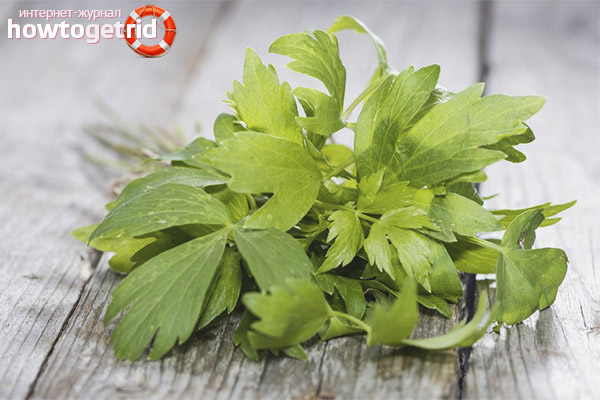
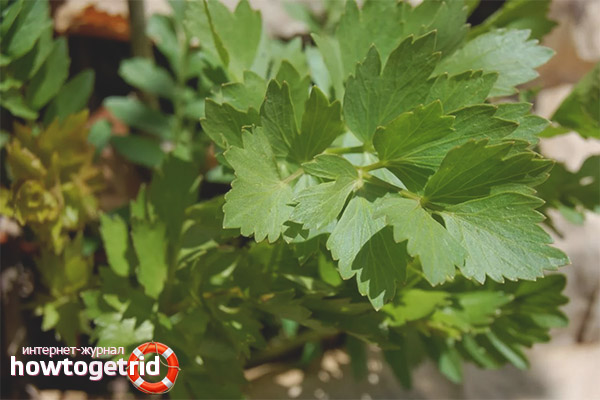
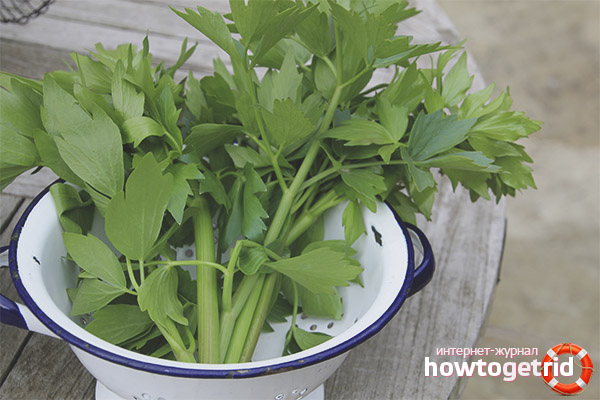
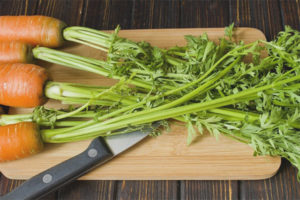
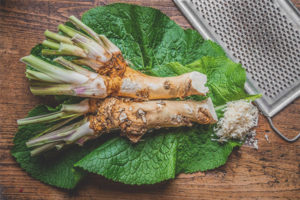
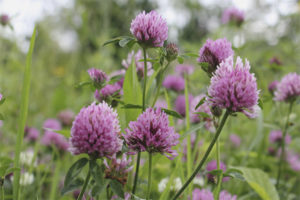
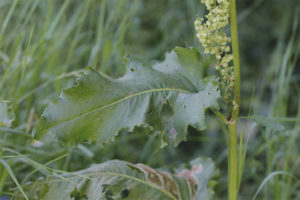
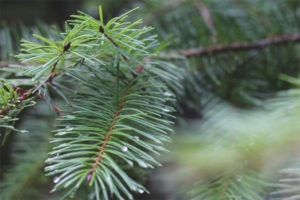
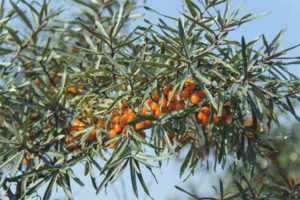
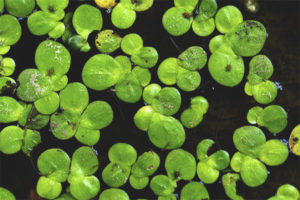
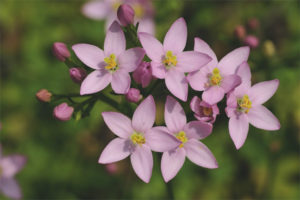
Submit